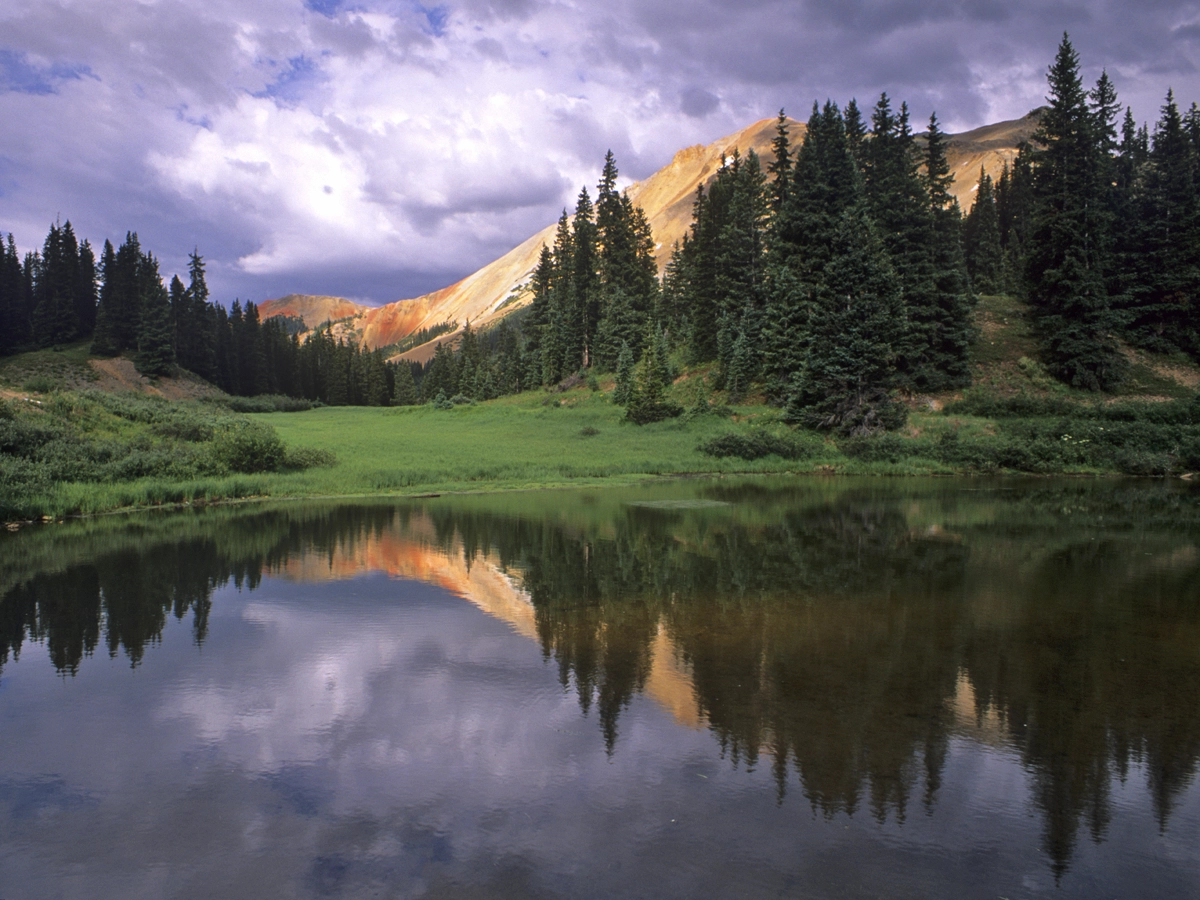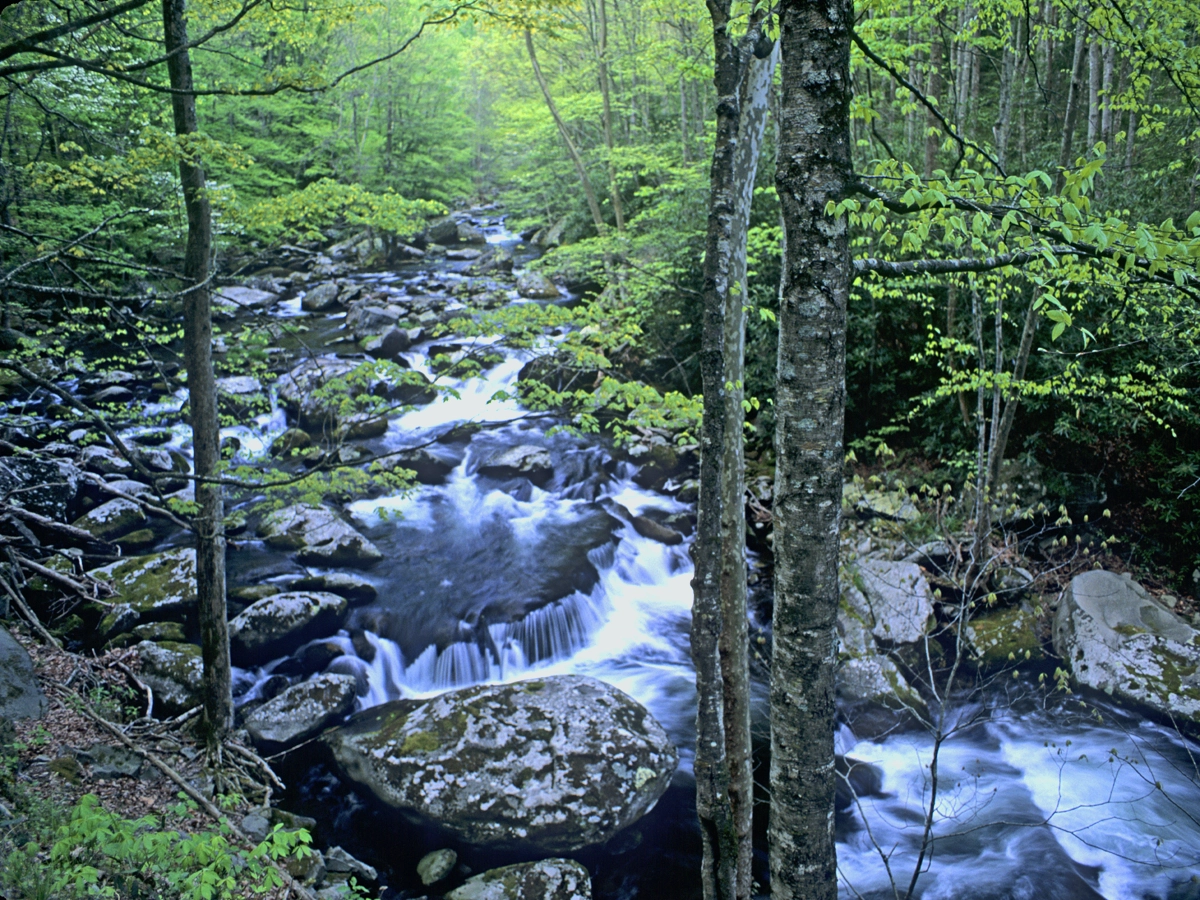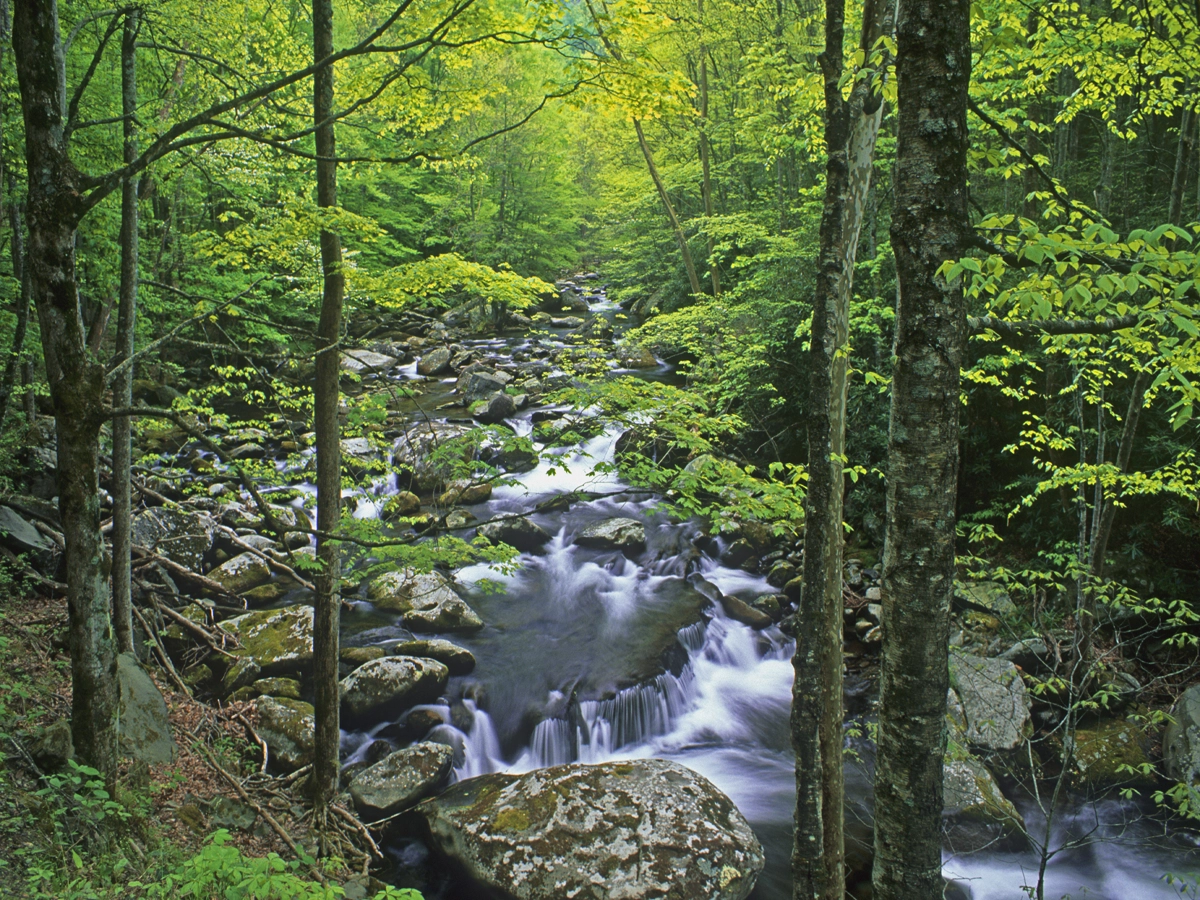While shooting wildflowers in the Rocky Mountains of Colorado this past summer, I came across a reflection of mountain peaks in an alpine tarn in late afternoon light. As I was waiting for the sun to peak from behind some clouds another photographer, who had taken an interest in the same subject, approached me. She set up her camera and tripod and proceeded to click off a few shots. We both waited for about an hour for the sun to reappear with no luck. She turned to me and lamented, “I have been trying to get a shot of the mountains reflecting in this pond with the right lighting all week. I guess it just isn’t going to happen today.” She then packed up her gear and left. Not more than five minutes after she left, the sun peaked out from behind the clouds and lit up the mountain peaks to create a nice reflection in the tarn. The light lasted long enough for me to shoot a couple rolls of film.


As I was driving home I couldn’t help but wonder why the other photographer left so soon. I know there are never any guarantees that, if one waits long enough, magical light will occur each and every time. However, in my experience, it never happens when I leave too soon.
With that said, with some patience and a little luck, I have experienced opportunities to create images which, at first where “blah”, but with some changes in lighting conditions turned out, dare I say, “aahhh”.
In order to create such images it is important to understand light and the variety of lighting conditions that one will experience while photographing in the outdoors. When photographing in early morning light you will generally experience a bluish cast. When photographing on an overcast, drizzly day you will experience more saturated, vibrant colors and the bluish cast will disappear.
The two images that are shown were taken three days apart in the Great Smoky Mountains in Tennessee. The first image was taken in early morning light with little or no cloud cover. This image contains bluish hues. The second image was taken on a rainy, overcast day. Notice how saturated the colors are in this image. Both images are acceptable. However, I find the second image, with the greater color saturation, more appealing.


When photographing a winter sunrise or sunset, the color of the light reflected from the clouds usually will be reproduced in the snow or on the frozen surface of a lake or pond. Therefore, a pink sky at sunrise will produce pink-colored snow or ice. If clouds are not present at sunrise, then the color of light produced in the snow will tend to take on a bluish cast. By understanding the nuances of light you can begin to predict the outcome of your images, for the most part, prior to snapping the shutter.
When taking pictures on a bright sunny day, the shadows that are created are deep and black. The light reflected off of most subjects tends to be very bright and uneven. Your images will be washed out and contain a high level of contrast. I find images such as these, harder to look at and unappealing.
On the other hand, “spotlighting” and “backlighting” can add life and drama to your images. Spotlighting occurs when a shaft of light spotlights the main subject in your image. Backlighting occurs when pointing the lens of the camera towards the main source of light (in this case the sun) and the subject is placed in between. The two images of wildflowers are an example of using “spotlighting” technique. They were taken approximately 30 minutes apart. In both images the sun creates a feeling of depth by illuminating the flower petals in the foreground while leaving the remainder of the scene surrounding the flowers in the darker background.
In general, most nature photographers prefer shooting images in early morning and/or late afternoon light or on a cloudy day, as the existing light tends to create a softer or warmer feeling. You will find that the colors in your images will be more subdued and the end results will be more appealing to your viewers. However, don’t be afraid to experiment with “spotlighting” and “backlighting” techniques as both can create some dramatic images as well. With an understanding of light, some patience and a little luck, you to can use the power of light to transform your images from “blah” to “aahhh”.
JS
© NatureScapes Photography
Questions or comments about this article can be sent to Jeffrey through his website at www.naturescapesphoto.com